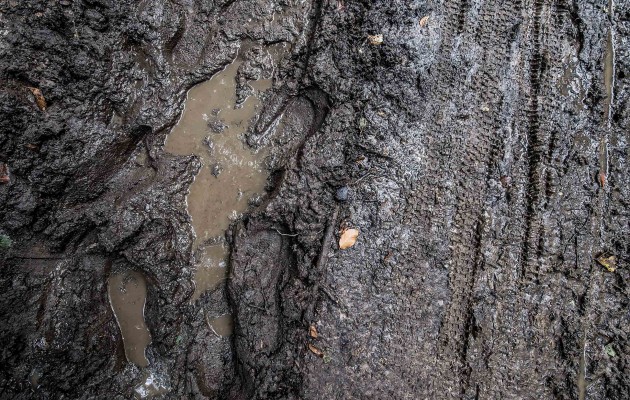Defenders of the Earth
MTBs erode the soil more than walkers or horses, right?
Not so, according to scientific research, which says that booted feet and hooves cause more damage. And with Wales beginning a debate on changing the law to let mountain bikers loose on footpaths, we thought it was time to scratch beneath the surface of what really causes soil erosion.
What does the science say?
The short answer is, not very much. But the little research that has been done suggests wheels do less damage than you’d think. Way back in 1994, John Wilson and Joseph Seney at Montana State University compared erosion from hikers, horses, motorbikes and off-road bikes on Montana trails.
They watered the trail to simulate wet weather and each group passed over the ground 100 times. And they found… not much. There was no statistically significant difference between hikers and mountain bikers, but horses and motorcycles did cut up the trail.
Then Aussies Luke Chiu and Lorne Kriwoken conducted a physical impact study in Wellington Park, Tasmania, published in 2013. Again, there was no difference between the level of impacts caused by mountain bikers and walkers.
Finally, Jeff Marion from the US Geological Survey looked at 125km of trail in the Big South Fork National River and Recreation Area, Tennessee and Kentucky, comparing equestrian, walking, mtb and ATV trails. And lo and behold, mtb trails had the least erosion, and computer modelling showed they suffered the least soil loss, too. So far so good…
Watch how to brake properly to avoid eroding the trails
Trails in Wales are fair game, then?
Not exactly. Chiu and Kriwoken’s Tasmania research also found that when a trail was wet, very steep or riders skidded more, erosion was worse. In fact, water could be the biggest trail destroyer of all, according to the Montana research, eclipsing the impact of either wheels or feet.
What it all means
So what are the implications for Right to Roam access and letting mountain bikers share paths with walkers?
Some trails are undoubtedly going to need more maintenance to stave off erosion. Some bridleways might need less maintenance, however, because mountain bikers won’t be limited to a fraction of trails and can spread out instead.
Really it’s education and signage that’s needed most, helping different user groups understand access restrictions and become more tolerant of one another.
Works cited:
Wilson, John, and Seney, Joseph, Erosional impact of hikers, horses, motorcycles, and off-road bicycles on mountain trails in Montana, Mountain Research and Development, Volume 14, Issue 1, p. 77-88, DOI: 10.2307/3673739, Published Feb 1994
Chiu, Luke, and Kriwoken, Lorne, Managing Recreational Mountain Biking in Wellington Park, Tasmania, Australia, Annals of Leisure Research, Volume 6, Issue 4, 2003
Olive, Nathaniel D., and Marion, Jeffrey L., The influence of use-related, environmental, and managerial factors on soil loss from recreational trails, Journal of Environmental Management, Volume 90, Issue 3, p. 1483-1493, DOI: 10.1016/j.jenvman.2008.10.004,
Published Mar 2009




